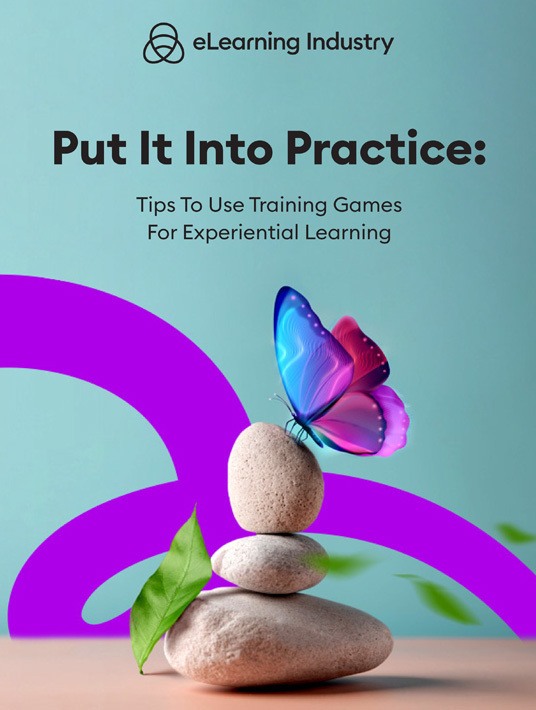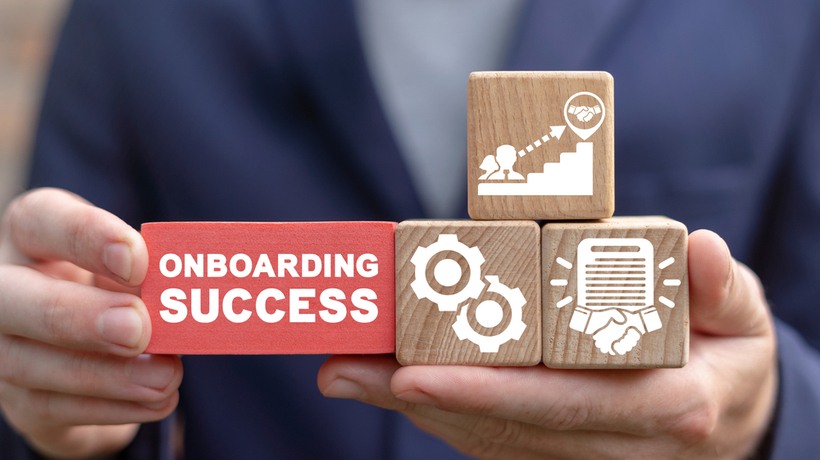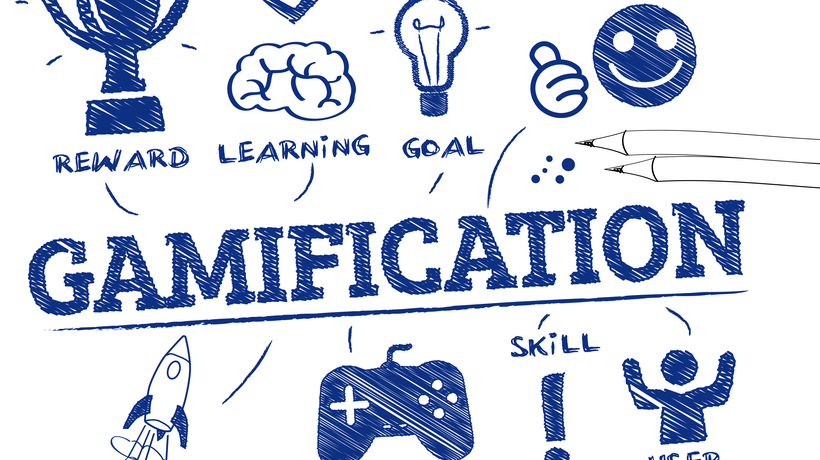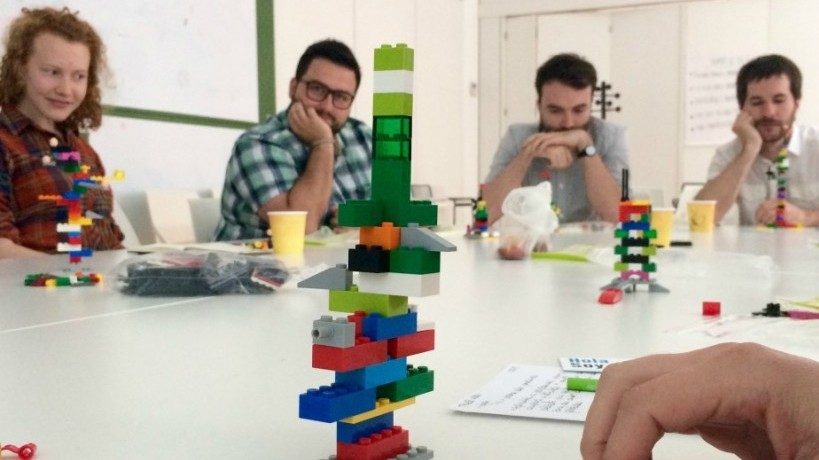How To Establish A Gamification Design System For Your New Hire Training
Onboarding training is mandatory, which usually takes the motivation right out of your new recruits. They’re aware of the benefits and that it’s part of their new job description. However, that doesn’t make the experience any less agonizing. The good news is that you can incorporate game mechanics and serious games to spark their internal drive, as well as set the tone for their entire tenure. Gamification shows that your organization cares about continual growth and values its human resources. You’re going that extra mile to keep them inspired and focused on bridging those gaps. Follow these steps to develop a winning gamification design framework for your onboarding training program.

7 Steps To Form A Gamification Design Framework For Better Onboarding Training
1. Get To Know Your New Hires
The most important question to ask regarding gamification design is: what makes them tick? How can I motivate new hires to improve behaviors and form favorable work habits? What inspires them to do better and achieve their true potential? The first step is getting to know your new hires and their expectations, needs, and goals. Conduct surveys and assessments to disclose gaps and how you’ll bridge them with game-based learning and/or gamification eLearning courses. You can also rely on experienced employees for feedback. What do they think is missing from your current strategy? Are there any skills, tasks, or proficiencies they lacked in the beginning?
2. Storyboard And Budget
Draw up a storyboard to highlight the course layout and training activities. Include all relevant multimedia, support tools, and modules. In the case of game-based learning design, map out the levels, characters, and interactions. This is also the time to create an accurate budget based on your objectives and outcomes. How much can you allocate to gamification onboarding training content? What about course upkeep? Do you need to hire additional staff for content development? That said, budgets should be flexible. You may encounter problems along the way that add to your expense sheet, such as revised objectives or new compliance issues that crop up during the development process.
3. Choose Your Rewards And Game Mechanics
Incentives and game mechanics are the pillars of your gamification eLearning framework. You must choose rewards that trigger employee motivation and get them to actively engage. However, these incentives must also align with the desired behaviors and skill gaps. Staffers pursue badges or try to move to the next level of the serious game because they want to improve themselves. Their primary motivation should not be the reward itself, but the change and professional growth that comes with it.
4. Separate GBL And Gamification Elements
GBL is not the same as gamification. That said, you can combine these approaches to enhance employee engagement and reinforce positive behaviors. The key is to distinguish game-based learning from gamification elements in your design. Know the limitations and benefits of each. Then choose the best training tools for the job. For instance, a one-time serious game can help to refresh employees’ memories and test their real-world application, while a gamification course uses badges and points to improve knowledge retention and expand their experience.
5. Find The Right Team And Tools
This is actually a gradual process that coincides with the previous steps. You must compile a team of GBL developers who possess unique skills and understand the company vision. They also need tools to work their magic and create content that captivates your new hire audience and is easy to use. Keep in mind that some employees are unfamiliar with learning tech. They shouldn’t have to spend their first week learning the game controls or trying to access support resources to no avail.
6. Collect Feedback
Once you have all the key planning elements in place, such as the storyboard and activity layouts, gather feedback from the team. Employees can help you identify overlooked challenges or gaps you need to cover in GBL training. It’s also prudent to host feedback sessions after each new hire training round. Ask new employees how they felt about the course and if there are any emerging gaps they disclosed. Did the rewards fuel their drive or make them feel isolated? Did the experience feel fragmented? If so, is there a way to tie all the gamification components together with thematic elements or reorganize the content?
7. Consider An eLearning Content Provider
An eLearning content provider can help you bypass many of these steps, but not all. You still need to clarify your objectives, create a budget, and work with them to find the right rewards and game mechanics. As well as invest in an LMS to deploy the content and monitor new hire engagement. However, their experience can help you reduce the development timeline and stretch your resources. Some even take it upon themselves to gather feedback before launch to identify problem areas. Start with an online directory and evaluate their ratings. Then set up a meeting to discuss your requirements. Finally, hire them for a test project to verify their expertise and if they’re a good fit for your company.
Conclusion
A successful gamification design framework begins and ends with employee involvement. You need their input to customize your strategy and address personal areas for improvement. It’s also essential to choose your rewards and gaming elements based on employee preferences and desired behaviors. Above all else, put objectives above incentives. The primary goal is to motivate new hires until their drive and determination kick in, not to make points the focal point of your training plan and minimize the importance of continuous performance management.
Which eLearning content provider is right for your onboarding training? Find the best outsourcing partner in our online directory. Search by industry, specialization area, and solutions to identify the best vendors in your price bracket.
Badges, points, levels, and serious games don’t have to be a distraction. Nor do they require an expert game designer. You just need to know the basic rules of GBL to implement a successful strategy. Download our eBook Put It Into Practice: Tips To Use Training Games For Experiential Learning for insider secrets.









